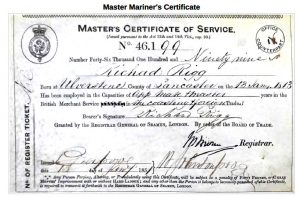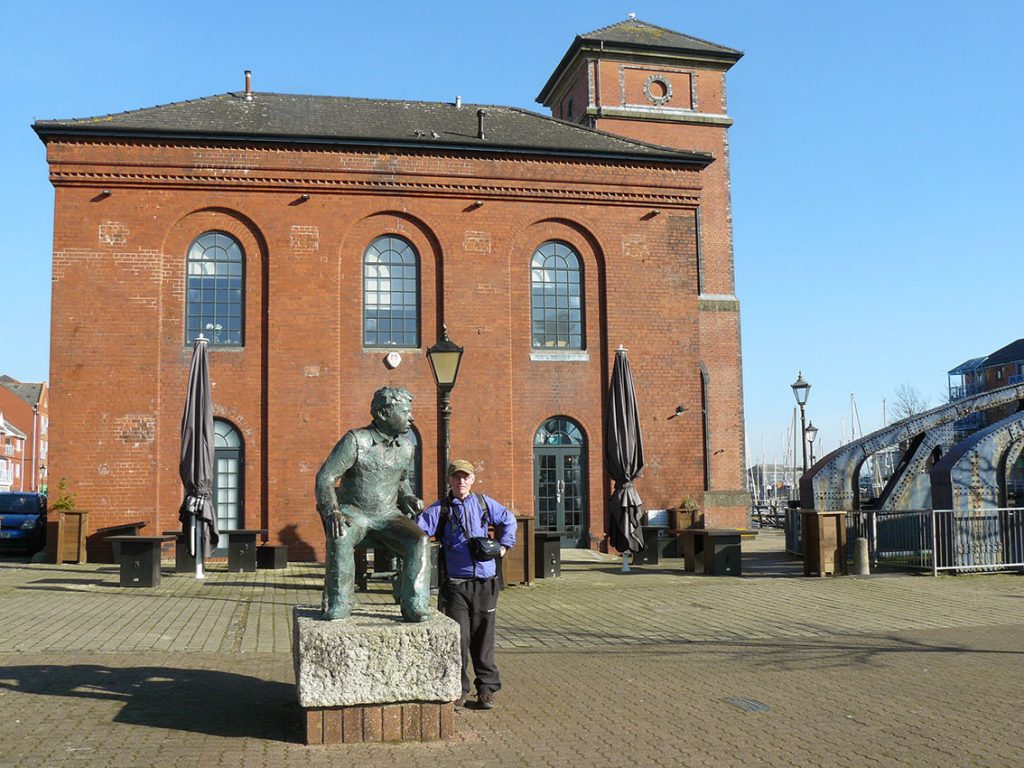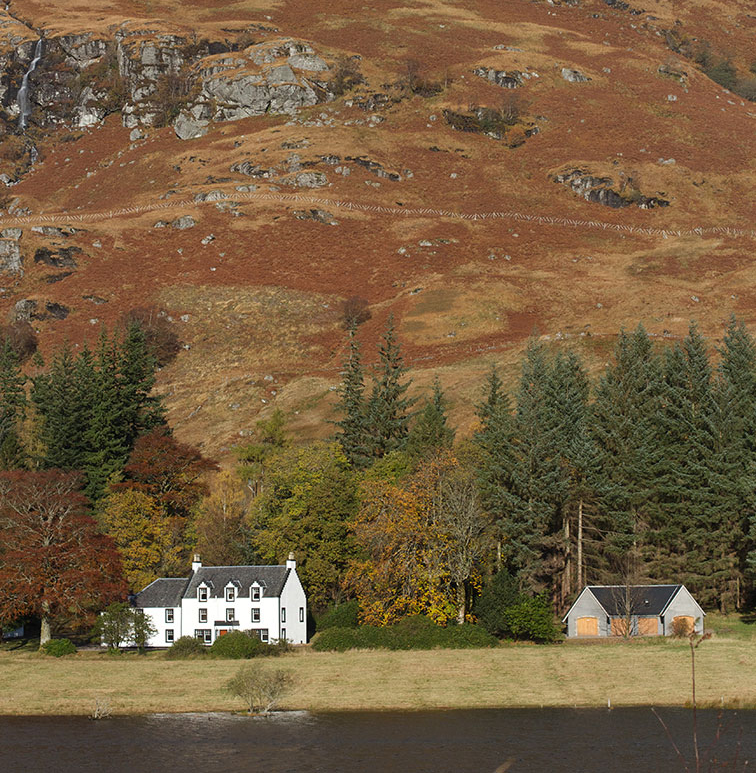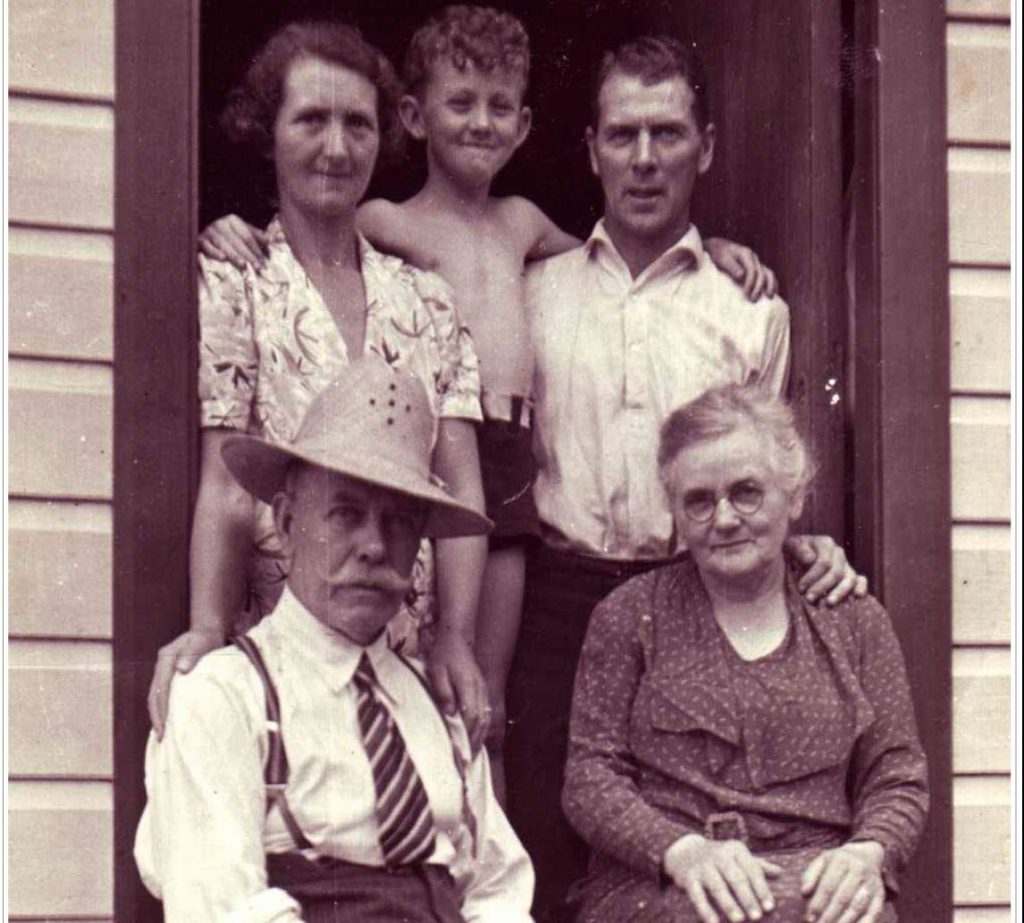Similar record-sets are available for Scottish ancestors as for those from England & Wales, though with a couple of significant differences. Censuses were taken as in the rest of the UK; Statutory Registration did not begin in Scotland until 1855; in contrast with the case south of the border, images of the original Register entries are available, albeit with different cut-off dates for each type. The General Register Office for Scotland (GROS) called in all the extant Parish Registers in 1855; images of these are also available.
All the above record-images are exclusively hosted by a National Records of Scotland website on a pay-per-view basis only; sadly, the site’s indexing and search function are much less effective than other sites. Too often, the only way of discovering that an incorrect image has been found is by paying to view it.
Alternative sources offer transcriptions and/or indexes which can help in locating the correct image, or be a more cost-effective substitute. I’d much rather have the image – it’s the closest to the actual record – but, even without buying incorrect images, the cost can prove prohibitive. The birth and death registration images probably offer best value – births frequently include the date & place of the parents’ marriage; and deaths the names of both parents, along with the mother’s maiden surname, sometimes also the burial place.
We’ll need to agree on which images are to be acquired and which substituted by text information – or perhaps set an ‘images budget’ – in advance, as I’ll need to charge you for them at cost.
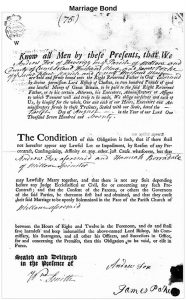 I am twenty minutes from the nearest Cumbria Archives centre at Barrow-in-Furness; the archive centres at Kendal and Whitehaven are about an hour away, as are the Lancashire archives at Lancaster; Lancashire archives at Preston, and Cumbria archives at Carlisle are each about two hours away, and would be visited only if necessary. I would need to make a charge towards travel time to the more distant centres.
I am twenty minutes from the nearest Cumbria Archives centre at Barrow-in-Furness; the archive centres at Kendal and Whitehaven are about an hour away, as are the Lancashire archives at Lancaster; Lancashire archives at Preston, and Cumbria archives at Carlisle are each about two hours away, and would be visited only if necessary. I would need to make a charge towards travel time to the more distant centres.